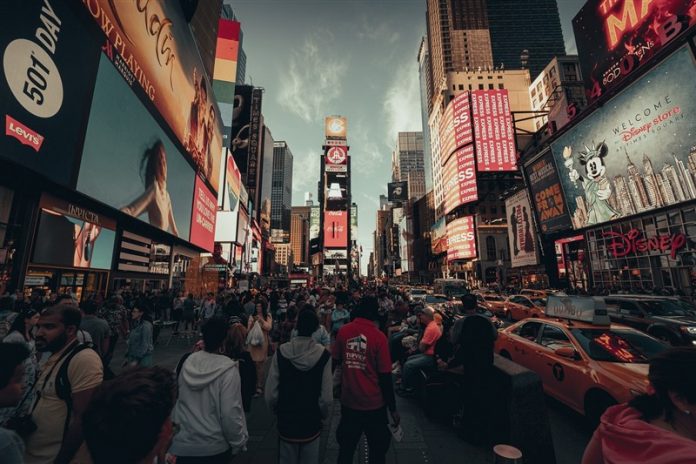Tourism has long been seen as a profitable driver for property investment. However, a new concern is emerging for investors in popular destinations: toxic tourism. With communities worldwide pushing back against overtourism, the landscape is shifting—fast. In this article, we’ll explore what toxic tourism means, where it’s having the biggest impact, and what smart investors can do to adapt.
What is Toxic Tourism?
Toxic tourism—often used interchangeably with “overtourism”—refers to the negative impact that excessive visitor numbers have on local communities, infrastructure, and the environment. Once seen as a purely beneficial economic engine, unchecked tourism is now associated with:
- Rising living costs for residents
- Environmental degradation
- Cultural erosion
- Housing crises in tourist-heavy areas
For property investors, these trends spell potential trouble. From falling yields and regulatory changes to reputational risks, toxic tourism is reshaping where and how people invest in real estate.
How Tourism Drives Property Investment
For decades, tourist destinations have attracted property investors due to the promise of high demand and reliable rental income. The rise of platforms like Airbnb and Vrbo made short-term lets easier than ever, creating an investment boom in:
- Holiday homes
- Second residences
- Buy-to-let short-term rentals
🔍 Example Hotspots
- Edinburgh: Popular with festival-goers and history lovers
- Barcelona: A magnet for year-round city breaks
- Lisbon: A favourite for remote workers and digital nomads
These cities, once goldmines for investors, are now facing regulatory and social pressures that are changing the game.
When Tourism Turns Toxic
As visitor numbers swell, some communities are reaching a tipping point. Toxic tourism occurs when local infrastructure and communities become overwhelmed, leading to resident dissatisfaction and political intervention.
Red Flags for Investors:
- Protests against tourists and second-home owners
- Municipal policies restricting short-term lets
- Caps on foreign ownership or Golden Visa eligibility
📌 Notable Examples:
Barcelona
Barcelona has enacted strict controls on short-term rentals. New licenses are rarely granted, and enforcement is tightening, creating a hostile environment for investors reliant on tourist income.
Amsterdam
City authorities have restricted holiday lets in several central zones and imposed fines on unlicensed properties. Community groups have even lobbied for tourists to be “discouraged.”
Edinburgh
Scotland’s capital has introduced new short-let licensing schemes, zoning restrictions, and caps on holiday accommodation—especially in tenement blocks.
Case Studies: UK & Overseas Hotspots
| Location | Issues Faced | Impact on Investors |
|---|---|---|
| Cornwall | Housing crisis due to second homes | Local councils pushing restrictions on second-home ownership |
| Lake District | Overtourism and limited rentals for locals | Community pressure on councils to limit short-lets |
| Edinburgh | Licensing required for short lets | Harder entry for new investors |
| Lisbon | Golden Visa restrictions and tax changes | Reduced demand in key zones |
| Venice | Daily tourist tax and cruise ship bans | Less footfall = lower returns |
| Bali | Environmental strain and permit limits | Tightening of investment rules for foreigners |
These locations were once investment darlings, but community fatigue and regulatory action are pushing investors to rethink their strategies.
How Toxic Tourism Affects Property Investors
Toxic tourism isn’t just a social issue—it’s a direct financial risk for investors. The knock-on effects can significantly impact both yield and capital appreciation.
💥 Key Risks:
- Stricter regulations: New permits, licenses, and taxes can shrink profit margins.
- Decreased rental demand: Communities are cracking down on short stays.
- Lower resale value: Properties in oversaturated markets may lose appeal.
- Tax and legal unpredictability: Frequent policy changes can destabilize cash flow projections.
- Reputation damage: Being associated with displacing locals or degrading a region can affect investor branding.
Investor Strategies: Adapting to a Changing Landscape
Investors can still succeed—but it requires a more thoughtful and future-proofed approach.
✅ Smart Moves for Modern Investors
1. Explore Secondary Cities
Move beyond traditional hotspots. Cities like Porto (instead of Lisbon) or Manchester (instead of London) offer growth potential without the toxic tourism label.
2. Prioritise Long-Term Rentals
Long-term lets tend to face less regulatory pushback and offer more stable income in uncertain environments.
3. Stay Ahead of Local Policy
Subscribe to local council updates and real estate newsletters. Know what’s coming down the pipeline in terms of legislation.
4. Diversify Geographically
Avoid concentrating all investments in tourism-dependent areas. Look to cities with a strong local economy outside of hospitality.
5. Build Positive Community Impact
Invest in eco-friendly or community-integrated developments to reduce backlash and align with new ESG (Environmental, Social, Governance) expectations.
Conclusion: Tourism Can Bring Value—or Volatility
Toxic tourism is no longer a fringe concern—it’s a growing force influencing real estate markets across the globe. For investors, the key is recognising where tourism transitions from asset to liability.
🧠 Due diligence has never been more important. Property investors need to factor in not just current rental yields, but also political, social, and environmental sustainability.
“Tourism can bring value—or volatility. Smart investors know the difference.”















